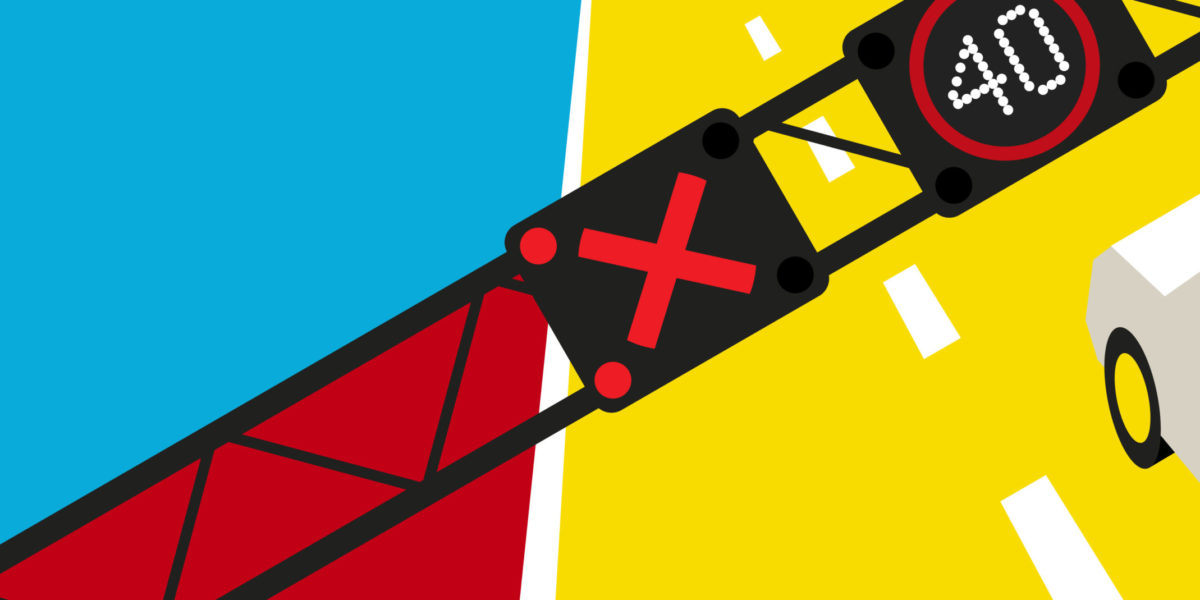National Highways smarting over software failure
Smart motorways left unmonitored as systems crash
Smart motorways crash in software meltdown according to Fleet News.
This has led to a rapid response by National Highways to understand and prevent .further issues.
Breakdown
National Highways is “urgently investigating” a two-hour software failure which affected large parts of the smart motorway network on Wednesday (February 22).
The outage froze signs and signals, and deactivated the stopped vehicle detection system from 8.30-10.30am.
This system is crucial to keeping drivers safe on smart motorways as it automatically detects a stopped vehicle. Without it, a vehicle would need to be detected by CCTV or National Highways patrols.
AA president Edmund King told the BBC that the failure meant drivers in vehicles that had broken down in live lanes were “sitting ducks”.
It adds to the arsenal of complaints being levelled at the modern generation of motorways, which have been criticised by road safety experts, police and the public.
Fast and furious
This latest fault occurred across the M5, M6, M62 and M60 as well as the M1 north of Northampton, but did not impact roads in the East and South East.
The software failure also meant that National Highways was unable to change signals in overhead gantries to close lanes with a red ‘X’ sign where a hazard had been detected.
National Highways blamed a software problem but added that it had not received any reports of incidents or injuries as a result.
Andrew Page-Dove, operational control director at National Highways, told the BBC that engineers had worked to repair the system “as soon as possible” and apologised for any inconvenience caused.
He said following the outage the agency had increased patrols and CCTV monitoring.
Under pressure
A similar outage lasting several hours occurred on October 26, last year.
Problems with the technology used on smart motorways to identify stopped vehicles in live lanes were flagged by the Office of Rail and Road (ORR) in a safety report, published in December.
The stopped vehicle detection system is a radar-based technology that is on every all lane running (ALR) smart motorway where the hard shoulder has been permanently converted to a live traffic lane.
The ORR report said that the performance of stopped vehicle detection was falling short of the performance requirements the company set itself.
In January, last year, the Department for Transport (DfT) halted the rollout of new, all-lane running smart motorway schemes until five years of safety data was available.






